Latinx Files: United Farm Workers marches to Sacramento

- Share via
Fifty six years after Cesar Chavez’s historic march, the United Farm Workers is once again headed to Sacramento.
On Aug. 3, the labor organization co-founded by Chavez and Dolores Huerta kicked off a 24-day, 335-mile march from Delano to the state capital to pressure Gov. Gavin Newsom into signing Assembly Bill 2183. The bill, which is currently awaiting a vote by the state Senate (it’s expected to pass), would let farmworkers vote by mail in union elections.
AB 2183 is similar to a bill vetoed last year by Newsom, who said he opposed it because of “inconsistencies and procedural issues.” As my colleague Jean Guerrero wrote in September, the governor’s veto was seen as a slap to the face by a labor organization that had canvassed on his behalf during the recall vote. In response, the UFW marched in protest from French Laundry, the fancy restaurant where Newsom infamously dined during the height of the COVID-19 pandemic, to PlumpJack Winery, which he co-founded.
But that march was a cakewalk compared with this year’s.
Over the last two weeks, a core group of 26 UFW members have been walking as far as 22 miles a day in the blistering San Joaquin Valley sun with temperatures topping 100 degrees. That kind of trek will take a toll on the human body.
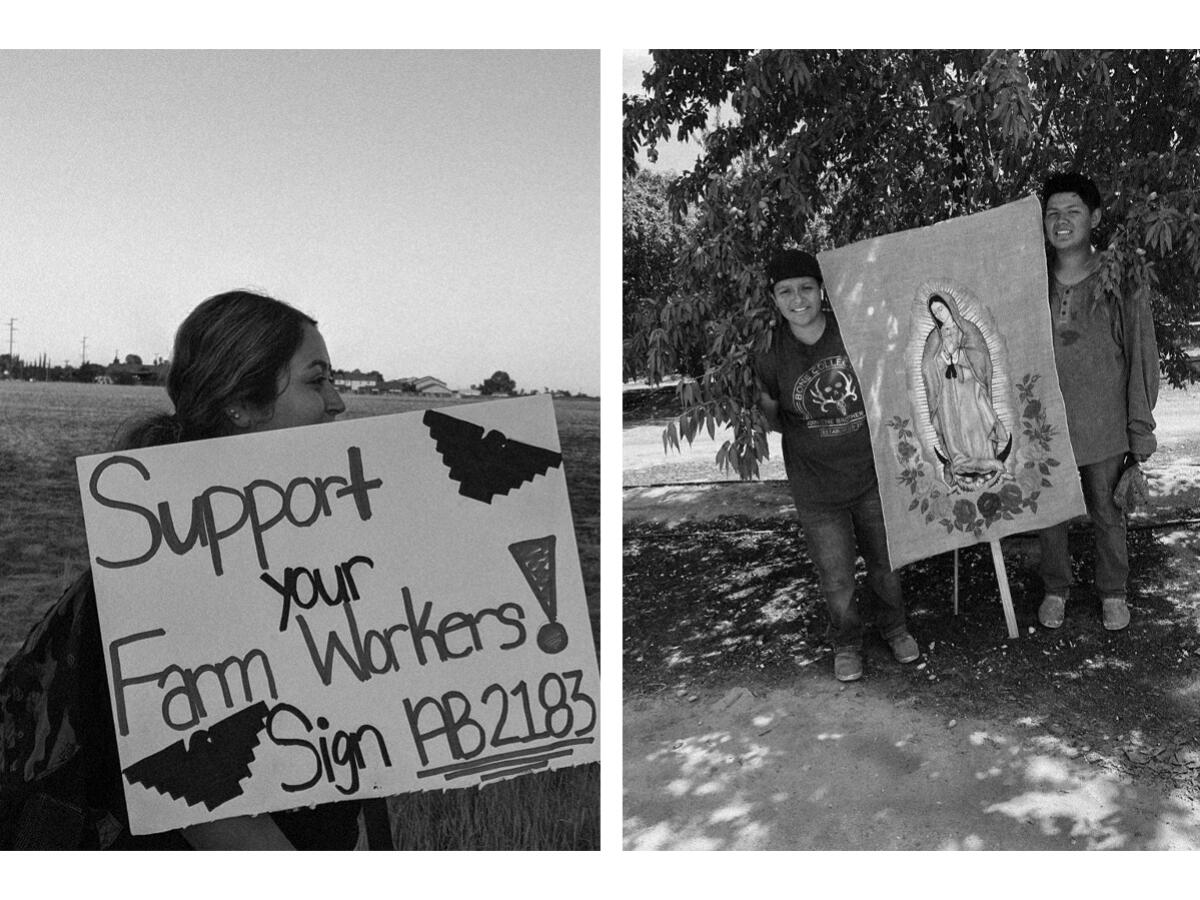
That wear and tear caused by the elements is something Teresa Maldonado Mendoza, one of the core marchers, is all too familiar with. The 61-year-old Lamont, Calif., resident has worked in the harvesting of produce including cilantro, parsley, oranges and sweet potatoes since she came to the United States from Tlacotepec Plumas, Oaxaca.
Maldonado Mendoza said that the march has been exhausting, but that the support they’ve received from the communities they’ve walked through has been the fuel pushing them through.
“We’re taking care of one another,” she told me in Spanish over the phone. “The temperature might be high, but our faith goes higher. We don’t feel it and keep marching on.”
The Latinx experience chronicled
Get the Latinx Files newsletter for stories that capture the multitudes within our communities.
You may occasionally receive promotional content from the Los Angeles Times.
Along the way, the UFW marchers have been blessed by Catholic priests and cheered on by car clubs and bikers. One supporter even swapped his shoes with a marcher, whose own pair had fallen apart because of the hot pavement.
“Nos dan más ánimo para seguir adelante,” said Maldonado Mendoza.
Among the people showing up for the UFW marchers was Candy Padilla. The 48-year-old Turlock resident said she has family members and friends who are farmworkers, and wanted to use the march as a teachable moment. Her youngest daughter, Amaya, is part of a ballet folklorico who performed at a rally on Wednesday.
“I want my children to understand and to be educated about their rights and standing up for them,” she said. “I think it is the most respectful action we can [take] to honor Cesar, Dolores and others who have brought us this far.”
The UFW marchers are scheduled to arrive in Sacramento on Aug. 26, where there will be a big rally. Perhaps not coincidentally, their arrival to the capital coincides on the same date that Gov. Newsom declared “California Farmworker Day” last year.
Consider subscribing to the Los Angeles Times
Your support helps us deliver the news that matters most. Become a subscriber.
Things we read this week that we think you should read
— Assuming you’re reading this after 5 p.m., wouldn’t a michelada sound grand right about now? Well, you’re in luck because the L.A. Times food team has you covered, including a map of the best that L.A. has to offer and an illustrated explainer on the different types of miches out there.
— For his latest column, Gustavo Arellano went to visit the lonely grave of Jose Diaz. His death 80 years ago resulted in the Sleepy Lagoon murder case, a pivotal moment in the history of Los Angeles and its Mexican American community.
—My colleague Meg James profiled Cris Abrego, who went from being just a kid from El Monte to one of the few high-ranking television Latinx executives in Hollywood. Abrego is one of the few decision makers in the industry not working in Spanish-language television. This story is part of Column One, which is among the best reporting The Times has to offer.
— Speaking of television, I’m hoping to write more about Hulu’s new comedy “This Fool” in next week’s newsletter — spoiler alert: I like it and think it’s good — but in the meantime, read this Times profile of Frankie Quiñones, who plays Luis Lopez in the series. You might know him as “the CholoFit guy.”
— Bad Bunny is on the cover of Harper’s Bazaar. Profiled by Bianca Betancourt, El Conejo Malo talks about fame, crossing over, and the ethos of “Yo Hago Lo Que Me Da La Gana.”
—The Times’ Jean Guerrero makes a compelling case for why putting “Latinas first” is a winning strategy for society.
— According to a new poll, abortion has become a very important issue for Latinxs. In case you missed it, Priscella Vega wrote about how the subject is dividing one Mexican Catholic family in Orange County.
And now for something a little different...
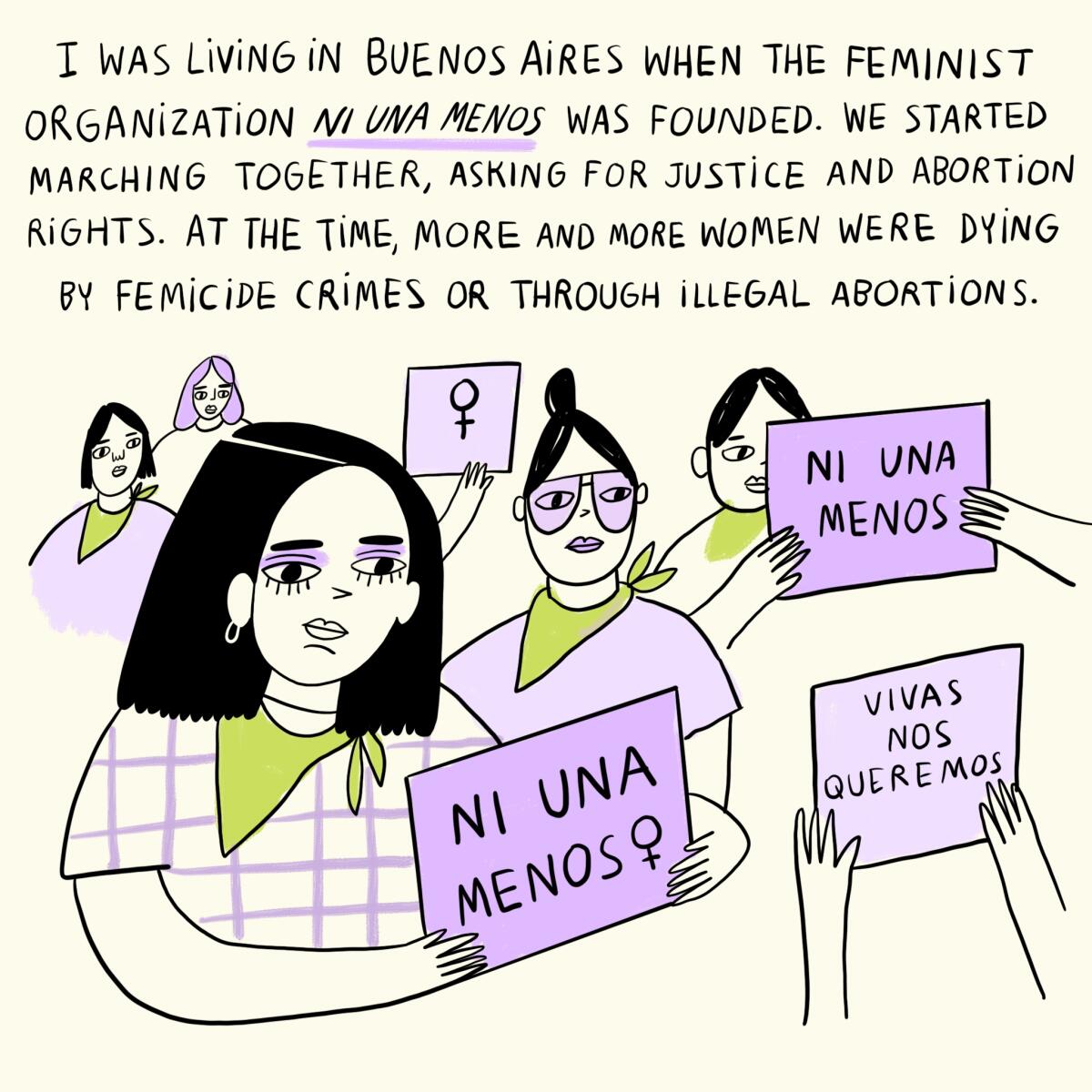
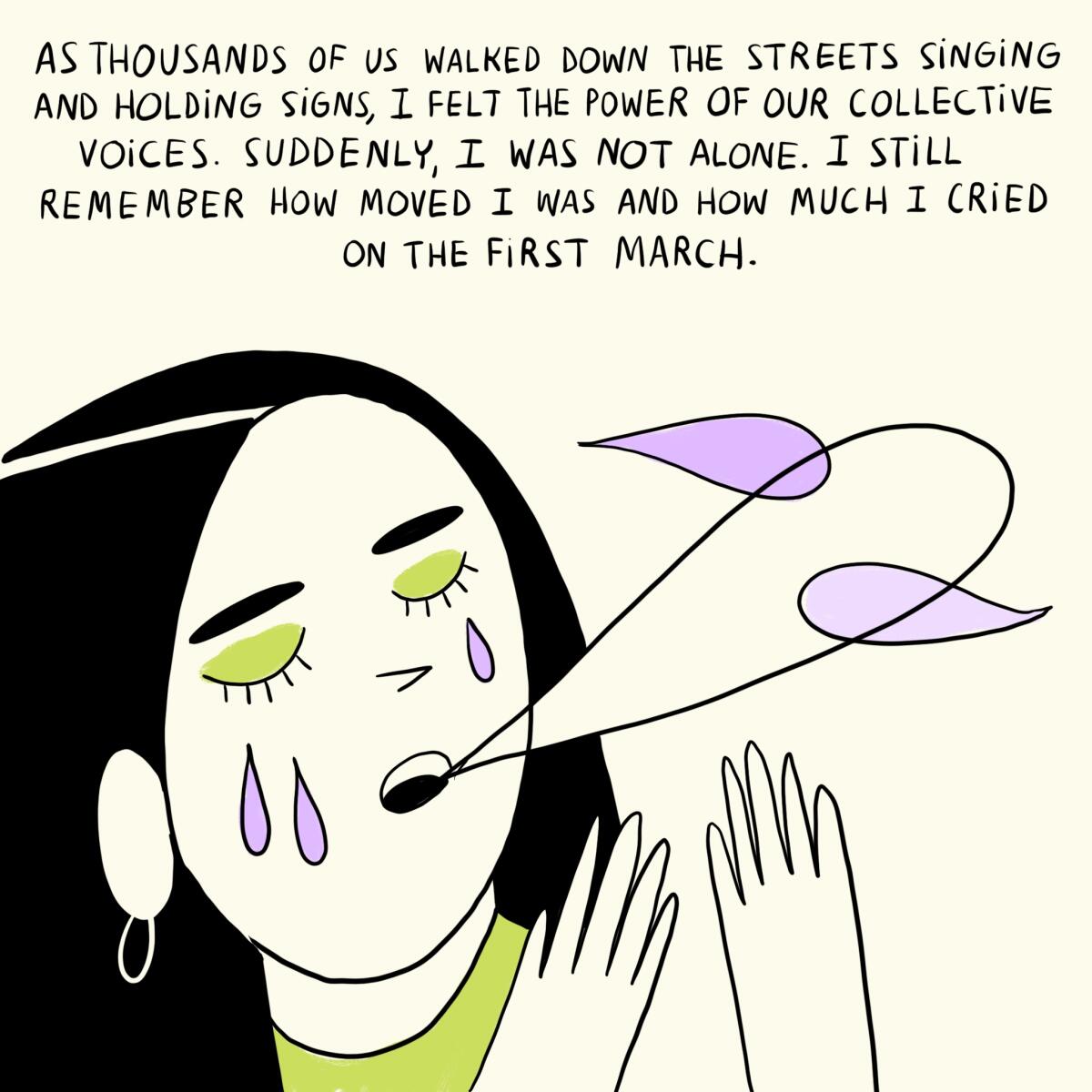
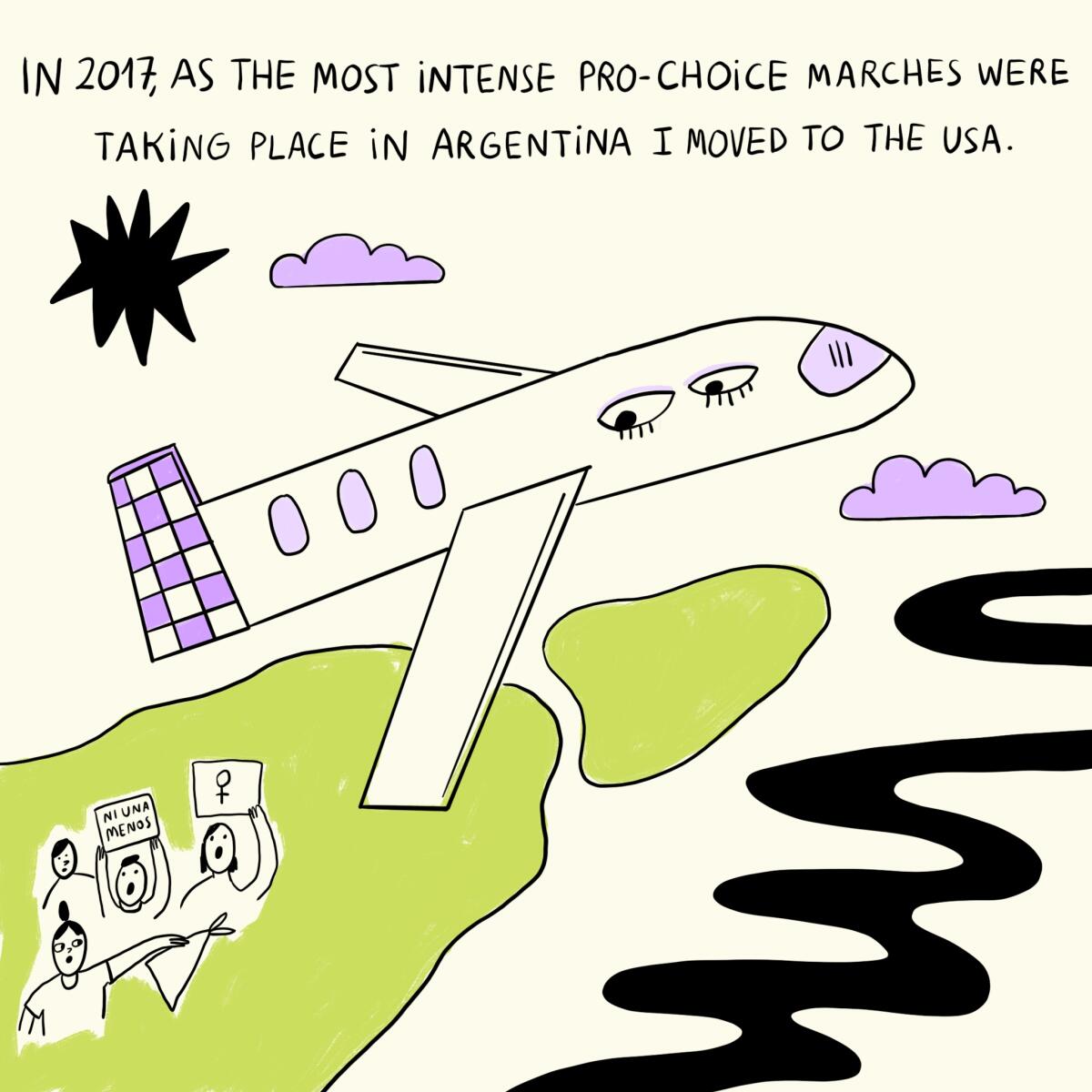
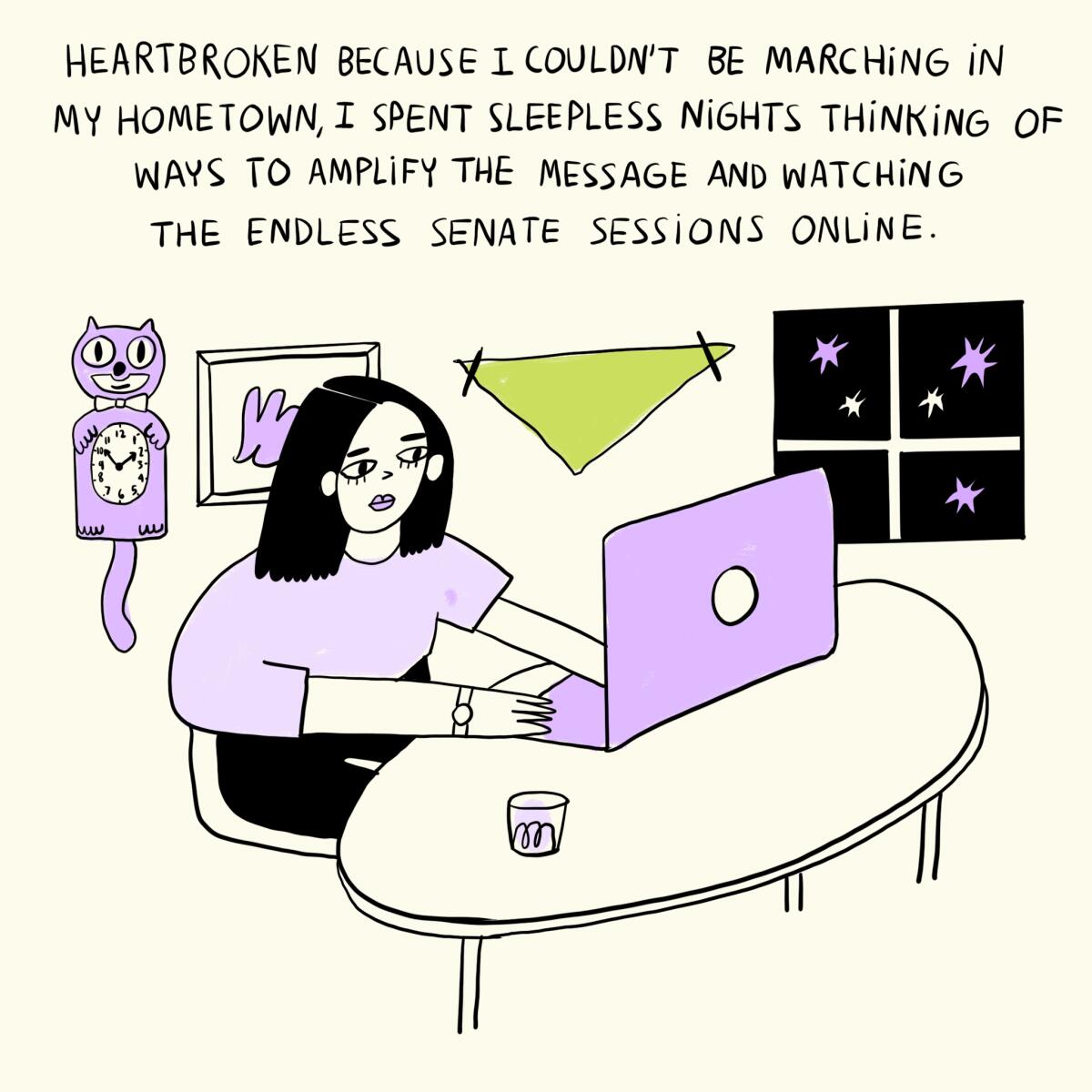
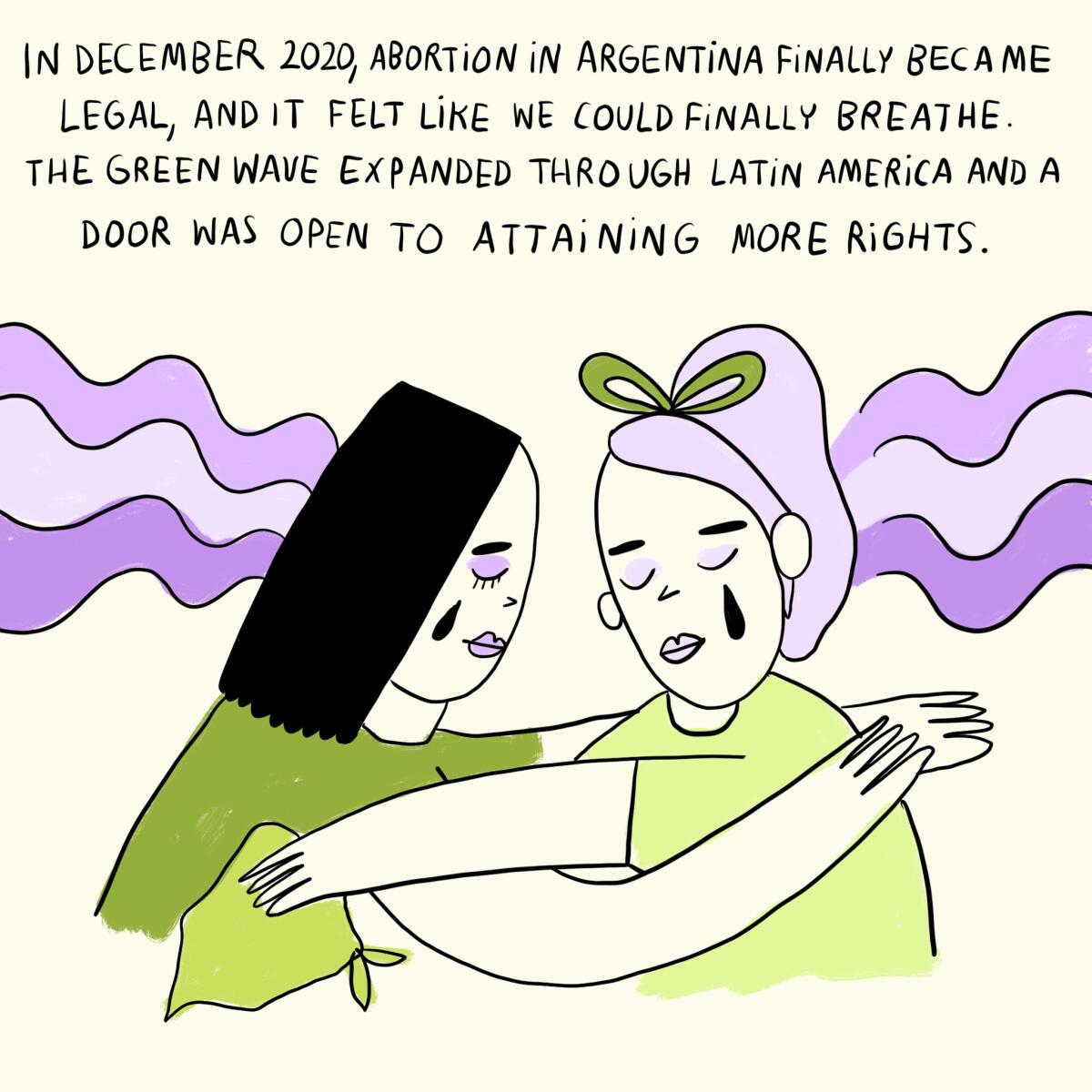
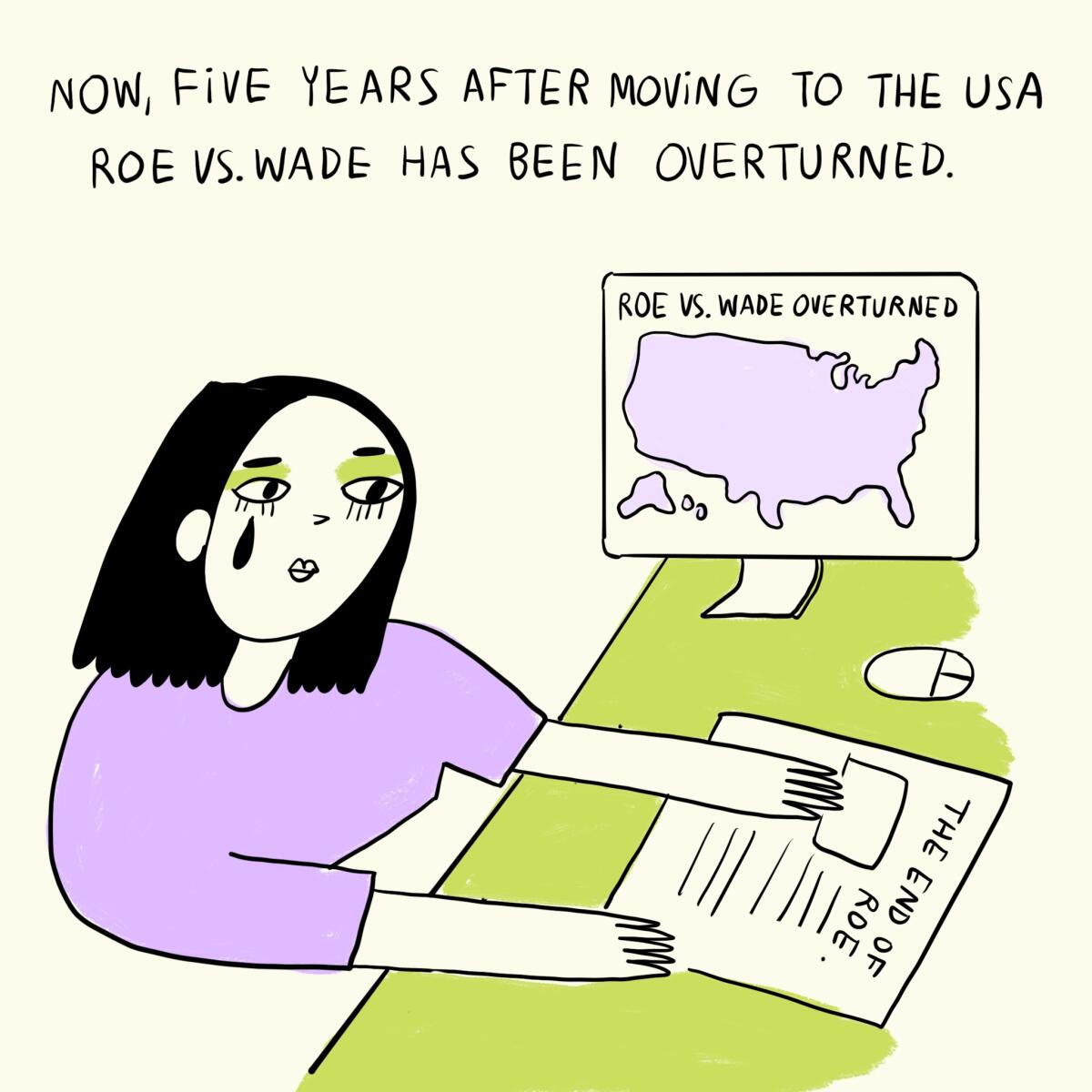
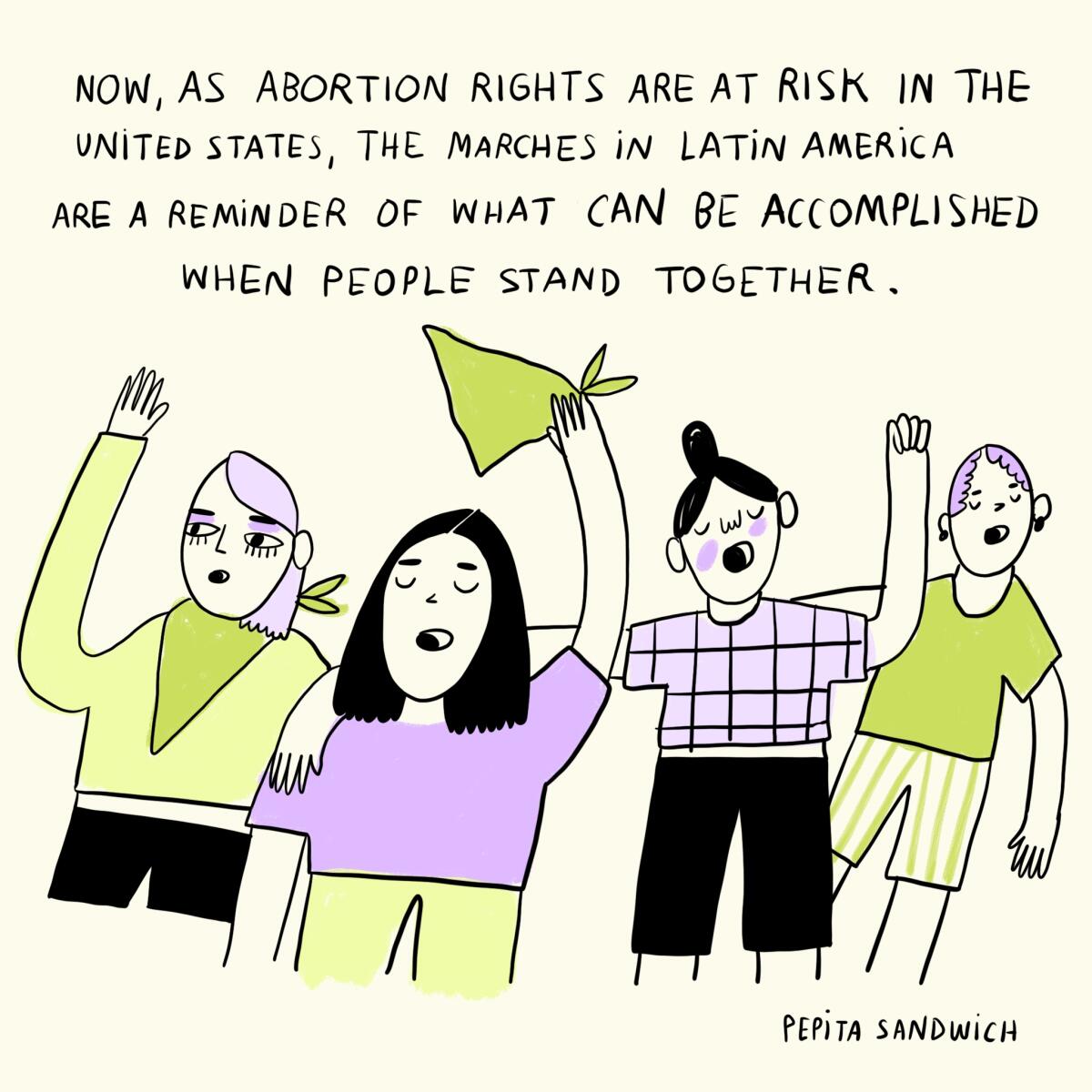
Pepita Sandwich is an Argentinian cartoonist, author and experimental animator. Her books “Diario de supervivencia” (2019) and “Las mujeres mueven montañas” (2019) were published by Random House in Latin America and Spain. She creates visual essays for publications such as Vogue, the Washington Post and the New Yorker. Her work focuses on nostalgia, diversity, spiritual growth, mental health and intersectional feminism.
“The overturning of abortion laws in the United States reminds me of how much we had to fight for our reproductive rights in Latin America. A few years back, we marched along the National Campaign for Abortion Rights in Argentina. At that time, we used the example of the U.S. to explain that when you are able to provide a legal abortion in the health system, you address the needs of the most vulnerable people. Now that reproductive health is at risk in America, I think about what the Latin American Green Wave taught me: There’s an undeniable power in marching together and raising our collective voices for human rights.”
Are you a Latinx artist? We want your help telling our stories. Send us your pitches for illustrations, comics, GIFs and more! Email our art director at martina.ibanezbaldor@latimes.com.
The Latinx experience chronicled
Get the Latinx Files newsletter for stories that capture the multitudes within our communities.
You may occasionally receive promotional content from the Los Angeles Times.







